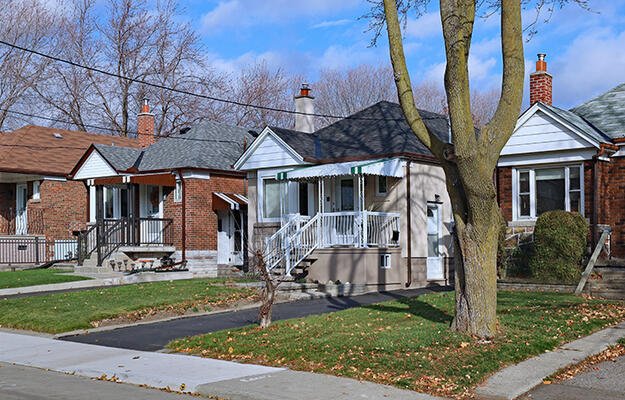
Place, Race, and Economic Mobility
For generations, America has attracted immigrants with dreams of economic prosperity—people who believe that hard work, not the chance of birth, should determine their destiny. But evidence suggests that there is a connection between children’s economic future and factors that have nothing to do with individual effort, such as their parents’ income, race, and the neighborhood in which they live.
While researchers continue to explore the connection between place and economic mobility, the worlds of policy and practice are faced with a question: Do we have enough evidence on the economic pathway to start making policy and program changes?
On that point, fortunately, there is consensus. By working together to improve educational opportunities, create well-paying jobs, and reduce geographic isolation in high-poverty neighborhoods, we can strengthen the prospects for equitable economic mobility.
In the Chicago region, public- and private-sector leaders, including philanthropists, educators, manufacturers, planners, and affordable housing providers, are recognizing that they can collectively offer a way forward. A convening in Chicago in July, hosted by the Metropolitan Planning Council, the Chicago Community Trust, Urban Institute, and the John D. and Catherine T. MacArthur Foundation, highlighted the importance of each sector in delivering effective and innovative solutions.
In Chicago and elsewhere, the road to opportunity requires inclusive conversations. The legacy of segregation means that it is impossible to effectively address neighborhood disparities without talking about race. Race-conscious planning and policymaking mean acknowledging disparities and identifying structural racism. To open the door to economic mobility for all people, Raphael Bostic of the University of Southern California reminds us that “we need to bring a broad set of voices into the conversation and really hear them and try to come up with a solution that everyone can get their arms around.”
Effective solutions can emerge when policymakers and practitioners across sectors acknowledge that lives are not divided into silos. Removing obstacles, such as untenable housing situations or isolated neighborhoods, will only take a person so far without high-quality educational opportunities and meaningful access to jobs. Similarly, education and employment efforts cannot stand alone without addressing housing and neighborhoods.
How might organizations develop effective pathways to economic mobility that focus on the needs of people rather than institutional silos? At the convening, service-enriched housing emerged as one promising example.
Aaron Gornstein, president and CEO of Preservation of Affordable Housing (POAH), described efforts to ensure that every POAH property connects its residents with opportunities and resources via a resident services program. Because supportive services funding for affordable housing is hard to come by, POAH, a nonprofit housing developer operating in nine states and the District of Columbia, is building partnerships with community organizations to strengthen their capacity to expand resident services. The push to expand resident services is one of external partnerships and involves shifting the institutional mind-set. Intensive training will help staff consistently think about how their work supports residents’ employment and skill building.
POAH’s four years of experience with a Choice Neighborhoods implementation grant in Chicago’s Woodlawn neighborhood have demonstrated the importance of broad resident engagement. The effort includes an economic resource center, which has become a community focal point offering assistance with financial literacy, savings, and workforce development. So far the effort, which served their housing residents and the broader neighborhood, is showing progress. The center’s job training program has 32 graduates and counting.


